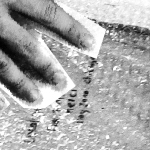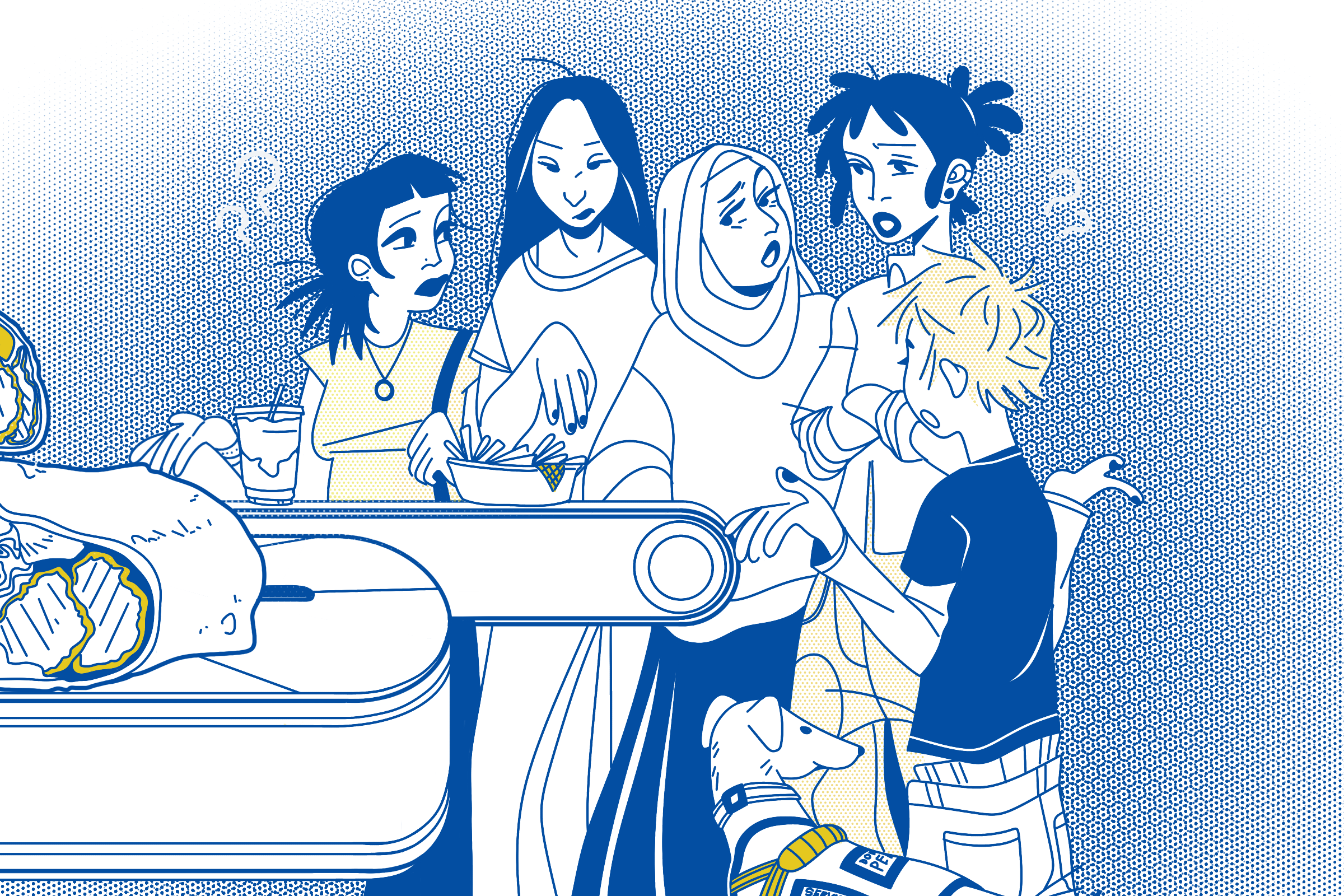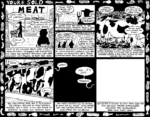Maud Lavin says,
Assertion is too weak a word: Women need to be aggressive”
By Emma James
What comes to mind when confronted with the idea of female aggression? F asked this question to Dr. Maud Lavin in sitting down to discuss her new book “When Push Comes to Shove: New Images of Aggressive Women.” Due out in September with MIT Press, Lavin’s book interprets depictions of aggressive women in media ranging from sports films to gallery installations to YouTube videos of amateur Chicago women’s boxing.
In “Push,” Lavin defines aggression as a force that is required for any exertion, not just to harm another person. “That can be a little slice of it. [The idea is more that] aggression is part of everybody’s life and you need it to hold boundaries, to make changes, to be proactive. It’s more than just being assertive — let’s call a spade a spade. It’s aggression.” The problem, Lavin argues, arises in a society where some people are not allowed to appear aggressive due to conflicting expectations. When aggression is not used, masked, or curbed, it can turn inward and against oneself. But Lavin explains that the “lighter side” of the issue is what drew her in.
 Positive images of women in sports have been appearing regularly in popular culture since the 1990s. Dr. Lavin pointed out that this genre strives to create a visceral response in the viewer, who identifies through their own experiences training and interacting with teammates. “You [the viewer] think about the different ways that women can hold their bodies or take up space.” And interact. “Push” draws from psychoanalytical theories of sibling play and peer-to-peer relationships, which take the foreground over hierarchical ones in Dr. Lavin’s exploration. Her book emphasizes the meeting place of physical and emotional negotiations about identity.
Positive images of women in sports have been appearing regularly in popular culture since the 1990s. Dr. Lavin pointed out that this genre strives to create a visceral response in the viewer, who identifies through their own experiences training and interacting with teammates. “You [the viewer] think about the different ways that women can hold their bodies or take up space.” And interact. “Push” draws from psychoanalytical theories of sibling play and peer-to-peer relationships, which take the foreground over hierarchical ones in Dr. Lavin’s exploration. Her book emphasizes the meeting place of physical and emotional negotiations about identity.
Not one to undervalue the importance of images from popular media, Lavin seems to regard girl-in-sports films within the hopeful scope of progress. Writing in a style between academia and journalism, she questions, “Why now? What does this have to do with real life, and why is it so pervasive?”
Lavin acknowledges that a number of sociological factors come into play, such as a growing number of women in the workplace — especially during a recession.
“Of course, I didn’t plan for this book to come out [during a recession],” she said. “But I am glad that it is. For a lot of different kinds of people, recession is very scary. You think to yourself, ‘I don’t want to lose my job, so I had better be X, Y, and Z’ … It is a very good time to think about aggression, standing up for oneself, and setting boundaries.”
In highlighting a force that contributes to how individuals negotiate their identities in shared spaces such as work and school, “Push Comes to Shove” attempts to raise the reader’s awareness about self- conduct. “Aggression,” Dr. Lavin reminds us “is part of survival.”




















